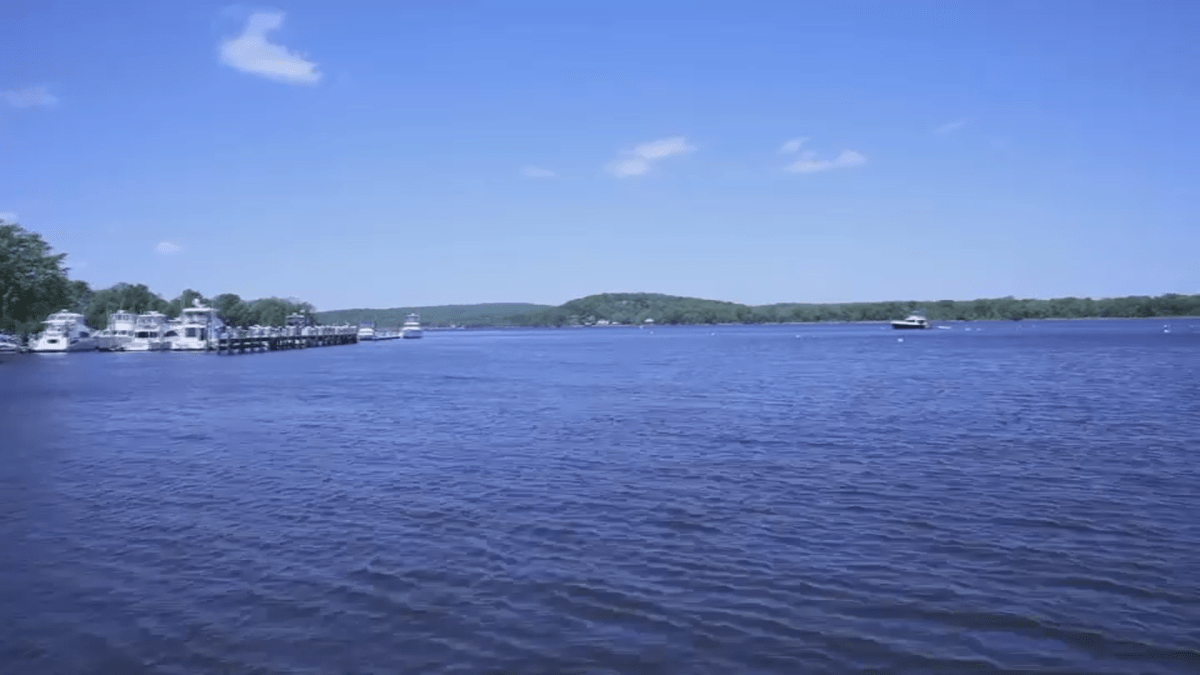River's Pulse: What Wildlife Reveals About Connecticut's Ecological Health

A Remarkable Transformation: The Connecticut River's Journey to Renewal
The Connecticut River stands as a powerful testament to environmental progress since the inaugural Earth Day on April 22, 1970. Just over half a century ago, the river was a dumping ground for toxic waste, its waters a murky reflection of industrial indifference.
"Prior to the 1960s, the river was an environmental disaster," explains Lauren Bennett-Dionne, director of education at the Connecticut River Conservancy. What was once considered acceptable—wholesale pollution of a vital waterway—is now recognized as an ecological catastrophe.
The river's transformation represents more than just a cleanup; it's a story of community commitment, environmental awareness, and the profound impact of collective action. From a polluted industrial channel to a thriving ecosystem, the Connecticut River embodies hope and the potential for environmental restoration.
Today, where toxic waste once flowed freely, clean water, diverse wildlife, and renewed natural habitats now flourish—a living reminder of how far we've come and the continued importance of environmental stewardship.
